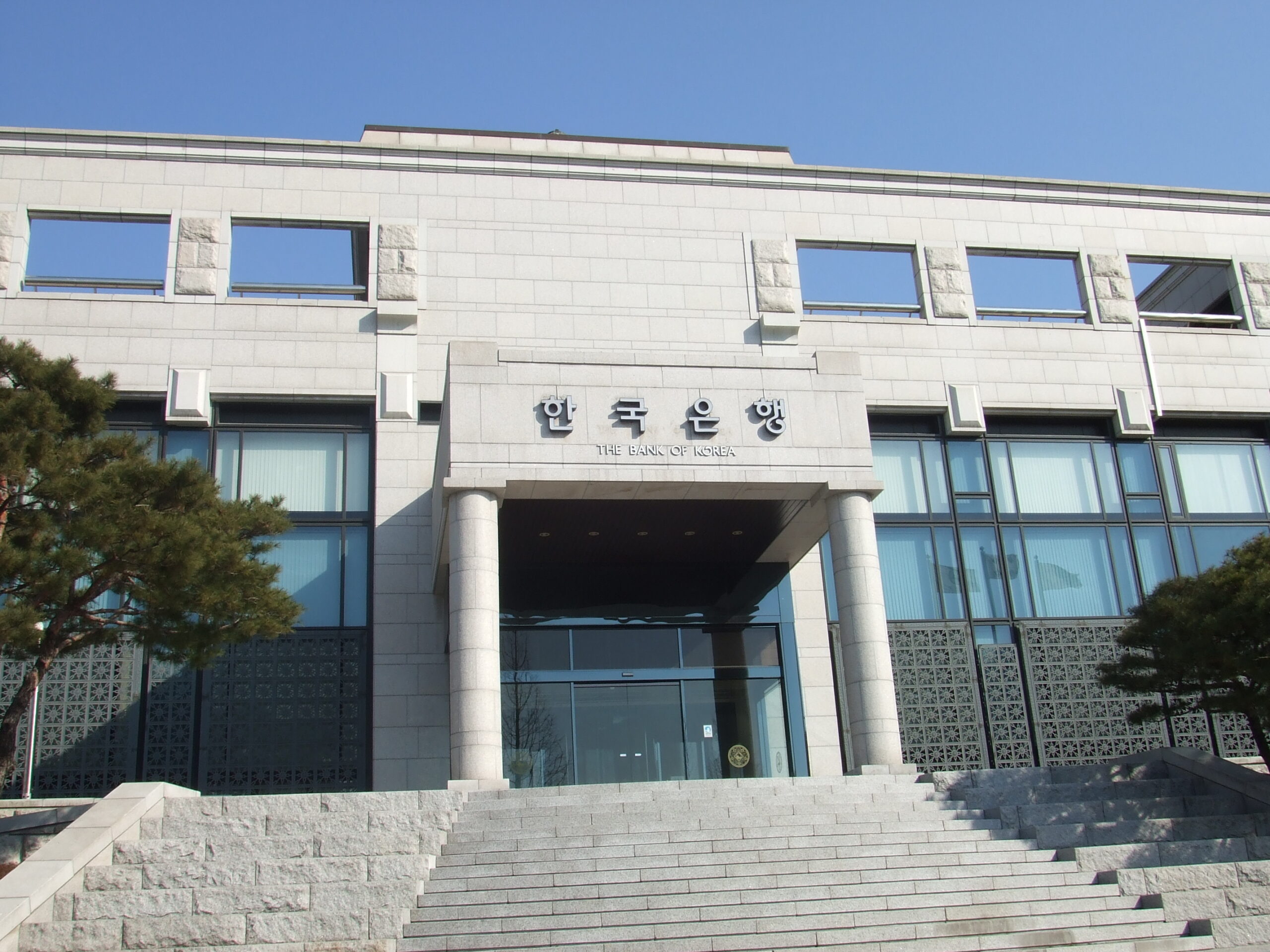
South Korea’s central bank lowered its policy interest rate by 25 basis points on Thursday, reducing it from 2.75% to 2.5%, marking the lowest level since August 2022. This move was widely expected by economists and is the Bank of Korea’s fourth rate cut in six meetings.
Economic Challenges and Political Turmoil
The rate cut comes as South Korea faces persistent political uncertainty following the failed attempt by former leader Yoon Suk Yeol to impose martial law last December. Additionally, the country continues to navigate the fallout from sweeping U.S. tariffs imposed under President Donald Trump, which placed a 25% reciprocal tariff on South Korean imports. Although those tariffs were temporarily suspended for 90 days, South Korean officials are racing against a July 8 deadline to finalize a trade deal with the U.S. before tariffs resume.
South Korea’s upcoming presidential election on June 3 adds to the uncertainty. The snap election was called after President Yoon was impeached and removed from office, complicating prospects for a swift trade agreement.
Slowing Growth and Monetary Policy Response
The South Korean economy unexpectedly contracted by 0.1% year-over-year in the first quarter of 2025, marking its first contraction since late 2020. The Bank of Korea’s monetary policy board attributed the rate cut to expected “considerable” economic slowdown, even as inflation remains “broadly stable.”
The central bank signaled it would maintain its easing stance to counter downside risks to growth while carefully monitoring both domestic and international developments. It also lowered its GDP growth forecast for 2025 from 1.5% to 0.8%.
Following the announcement, South Korea’s Kospi stock index rose 1.25%, while the Korean won weakened 0.71%, trading at 1383.40 against the U.S. dollar.
Gareth Leather, senior Asia economist at Capital Economics, anticipates the new president will implement “much-needed fiscal stimulus,” which should help consumer spending rebound. However, he warns that this may not be enough to offset continued weakness in the property market and export disruptions, potentially limiting GDP growth to just 0.5% for the full year.
What The Author Thinks
South Korea’s central bank is wisely responding to the complex challenges posed by political upheaval and international trade tensions with a cautious rate cut. While monetary easing is necessary to stimulate growth, the true test will be how effectively the new government can introduce fiscal measures that address structural weaknesses. Relying solely on rate cuts risks overstretching monetary policy tools. Coordinated efforts between political leadership and economic authorities will be essential to restore investor confidence and foster sustainable growth.
Featured image credit: Wikimedia Commons
For more stories like it, click the +Follow button at the top of this page to follow us.
